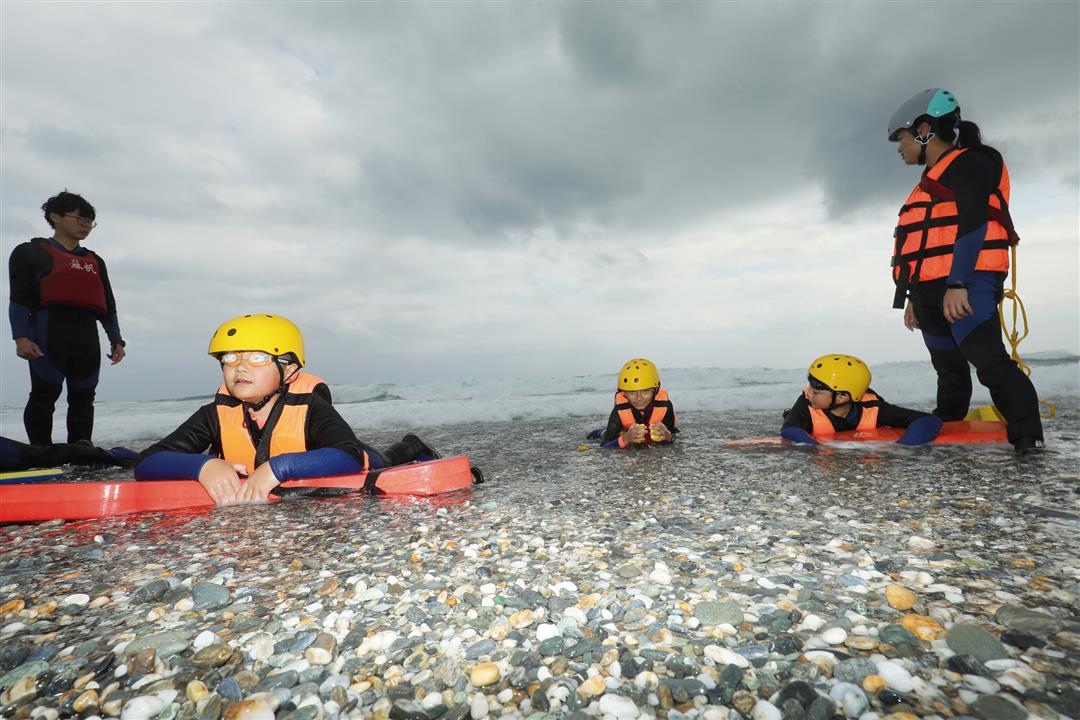The south wind rises
In 2017, Su Tar-zen launched the “South Wind Rises Again” project, which involved traveling from Taiwan to the Japanese island of Yonaguni by bamboo raft. This may sound like a bizarre idea, but Su wanted to prove scientifically that Taiwan was one of the fountainheads of world maritime culture.
Many years ago Su read an article by the Japanese anthropologist Yosuke Kaifu, who, based on human fossils that he unearthed on various Okinawan islands, proposed that ancient Okinawans migrated from Taiwan 30,000 years ago. But other Japanese scholars wondered whether there was sufficiently advanced sailing technology 30,000 years ago that would have enabled people to cross the ocean.
Su decided: “It’s possible. I will show you.” In order to replicate what it was like 30,000 years ago, he made a bamboo raft, because back then there were no metal tools that would allow people to hollow out a tree trunk to make a canoe. He got students to cut bamboo poles using stones and then make rope out of twisted leaves of shell ginger, a plant native to Hualien, to bind the bamboo raft together.
But how could they sail without getting lost on the vast open sea? The key was in the art of navigation. Besides widely known navigation methods such as using the stars, the landscape, a compass, or GPS, there is also “navigation by the five senses.” Our ancestors knew how to navigate at sea by using the senses of sight, hearing, smell, taste, and touch. For example, if you observe a cloud remaining stationary in the distance for a long time, you will know that there is land underneath the cloud (humid air rises and forms clouds when meeting land). Also, so long as you keep waves at the stern of the boat as you sail, you will inevitably strike land. Su points to the examples of sea turtles and salmon which have the innate ability to return to their birthplaces after growing to adulthood, and says that the people living on Taiwan 30,000 years ago had similar instincts; unfortunately, modern civilization has weakened the connection between our intuitions and nature.
In 2017, Su led a team of young-at-heart sailors and young people on a successful voyage from Hualien to Yonaguni. “I wanted to show that human maritime culture could have started here in Taiwan, and that Taiwan is at any rate one of the important places of origin of world maritime civilization.”

Volunteers from the Jonathan Su Foundation are shown here with “little sailors” as the children experience the waves with their bodies, gradually overcoming their fear of the sea until they finally open their arms and embrace the ocean.